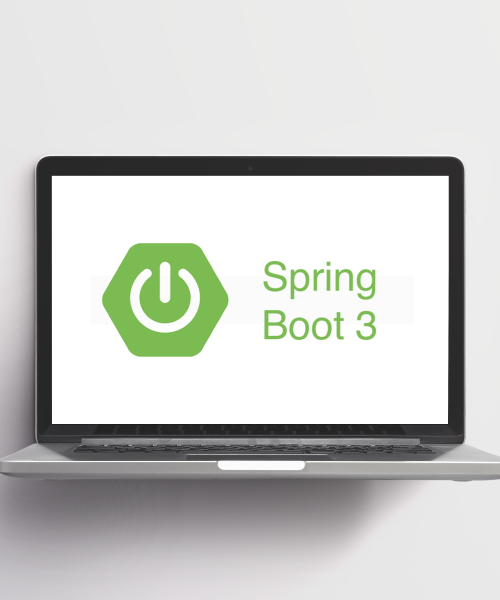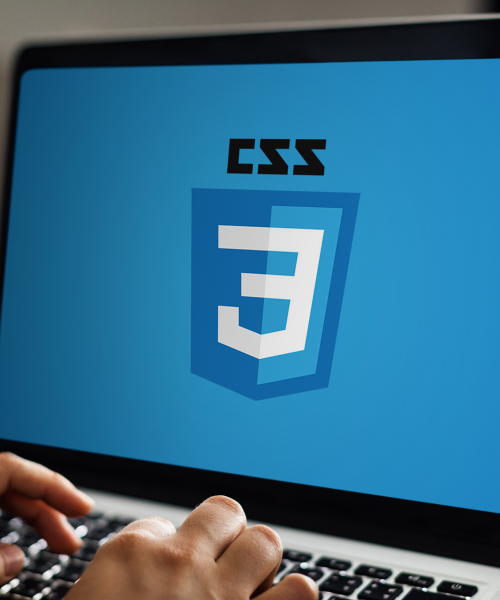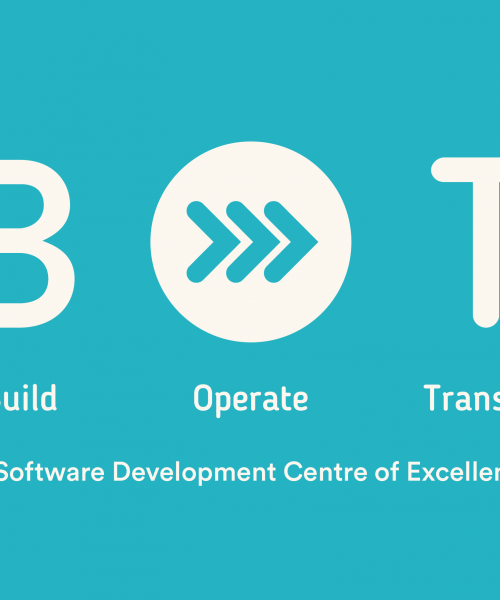Scrum is 25 years old: an anniversary to be marked with a white stone.
Indeed, Scrum has passed this milestone and has been more and more widely adopted as a project management method: from marketing to accounting. Nowadays, everyone aims to be “Agile”, and to apply Scrum framework. In November 2020, Ken Schwaber and Jeff Sutherland published a new version of the Scrum Guide. Discover below the changes between the 2017 and 2020 versions, as well as the new concepts and updates introduced.
Evolutions between the 2017 and 2020 Scrum Guide
As an Agile offspring, Scrum was first a good framework approach for IT (specially programming) projects. As our world has become more and more digitalized, Scrum now applies to other business areas. Therefore, the new guide aims to be more precise and less prescriptive. The explanations are more explicit and fall within a more minimal framework, more than sufficient for all parts of business. In this spirit, Daily Scrum questions were removed, language about PBI attributes was also changed, language softened around retro items in Sprint Backlog, Sprint cancellation section was also abridged.
In 2017 Scrum Guide, one of the unfortunate confusions persisted in the idea of having a team within a team. Therefore, the novelty of the new Scrum Guide is the removal of the ‘Development team’ concept. This will strengthen the idea of one team: ‘The Scrum Team’. In turn, the one team idea is bringing up the cohesion, focus and strength of the team overall.
Another benefit is the straight removal of the “proxy” concept that brought confusion in the past, about passing to the developers the core vision of the product. From now on, Scrum Team gathers momentum, being structured around the following trio: Product Owner, Scrum Master, and Developers. Make no mistake: even if the Scrum Guide 2020 mentions a maximum number of Scrum Team members as being 10, this is not enforced by the rule.
Product goal as new main concept of the 2020 guide
One of the key concepts introduced in the Scrum Guide 2020 was the Product Goal. This concept empowers the team to focus on a valuable objective. With completion of each Sprint, team is getting closer to the Product Goal. It is an obvious link between Product Backlog and its new artifact: The Product Goal. This provides a clear, quantitative measurement of ‘why’ we are building the product.
There is now more clarity about other two artifacts.
- Sprint Goal is an artifact that commits the team to the Sprint Backlog.
- As well, the Definition of Done is the artifact strongly attached to the Increment. The Increment notion evolved, in this way, by not being a cumulative idea of a ‘Done’ Sprint, but, rather, a part of a work considered ‘Done’. This allows, in turn, to consider releases at any point in time, when items that comply with Definition of Done can be incorporated into Product without attending a certain deadline (e. g.: the end of a Sprint).
The three new links between artifacts and Product Backlog, Sprint Backlog and Increment provide focus and transparency towards progress of each artifact.
Other significant updates
The Scrum Guide 2020 allows the Scrum Team to gather more pace towards achieving their goals by emphasizing on the self-managing function. In this way, the team has the opportunity to reflect on who, how and what to work on.
Another novelty is the Sprint Planning ceremony where team is encouraged to follow on ‘what’, ‘how’ and more important ’why’ team engages in a Sprint effort. Sprint Goal may help here, by reflecting entirely motivation of the team through mentioning the ‘why’ part.
Retrospective kept overall its format with emphasize on ‘what’ went well and not so well and ‘how’ the issues were or were not addressed. A delicate change is visible in leaving the choice of the number of proposed improvements to be introduced in the next Sprint Backlog.
Overall, Scrum Guide 2020 provides a simpler, more inclusive language; giving opportunity to gain a wider audience. There were eliminated further complex and redundant statements, reminiscent of a narrow IT application of the guide. As examples can be quoted terms like: ‘testing’, ‘system’, ‘design’ or ‘requirement’.
Conclusion
As a wrap up, there is a welcoming sound coming from Scrum community. This validates that the Scrum Guide 2020 was more then the work of Ken Schwaber and Jeff Sutherland. They received constant feedback and advice from a larger pool of practitioners. It also gives a grass roots feeling that restates that Scrum is here to stay for a lot longer than the past 25 years.
To learn more about the different concepts and updates mentioned in this article, you will find the complete Scrum Guide here.










